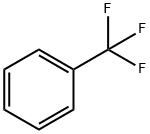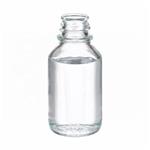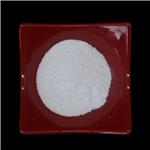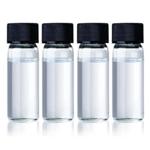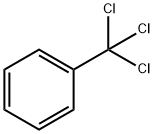
Benzotrichloride
- Product NameBenzotrichloride
- CAS98-07-7
- CBNumberCB6339243
- MFC7H5Cl3
- MW195.47
- EINECS202-634-5
- MDL NumberMFCD00000786
- MOL File98-07-7.mol
- MSDS FileSDS
Chemical Properties
| Melting point | −7.5-−7 °C(lit.) |
| Boiling point | 219-223 °C760 mm Hg(lit.) |
| Density | 1.38 g/mL at 25 °C(lit.) |
| vapor density | 6.77 (vs air) |
| vapor pressure | 0.2 mm Hg ( 20 °C) |
| refractive index | n |
| Flash point | 207 °F |
| storage temp. | room temp |
| solubility | alcohol: soluble |
| form | Liquid |
| color | Clear yellow |
| Odor | penetrating odor |
| Water Solubility | HYDROLYSIS |
| Sensitive | Moisture Sensitive |
| Merck | 14,1109 |
| BRN | 508152 |
| Exposure limits | ACGIH: Ceiling 0.1 ppm (Skin) |
| Dielectric constant | 7.4(20℃) |
Safety
| Symbol(GHS) |
  
|
|||||||||
| Signal word | Danger | |||||||||
| Hazard statements | H302-H315-H317-H318-H331-H335-H350 | |||||||||
| Precautionary statements | P280-P301+P312-P302+P352-P304+P340+P311-P305+P351+P338-P308+P313 | |||||||||
| Hazard Codes | T | |||||||||
| Risk Statements | 45-22-23-37/38-41 | |||||||||
| Safety Statements | 53-45 | |||||||||
| RIDADR | UN 2226 8/PG 2 | |||||||||
| WGK Germany | 3 | |||||||||
| RTECS | XT9275000 | |||||||||
| Autoignition Temperature | 411 °F | |||||||||
| TSCA | Yes | |||||||||
| HazardClass | 8 | |||||||||
| PackingGroup | II | |||||||||
| HS Code | 29039990 | |||||||||
| Hazardous Substances Data | 98-07-7(Hazardous Substances Data) | |||||||||
| Toxicity | LD50 orally in rats: 6.0 g/kg (Smyth) | |||||||||
| NFPA 704: |
|
